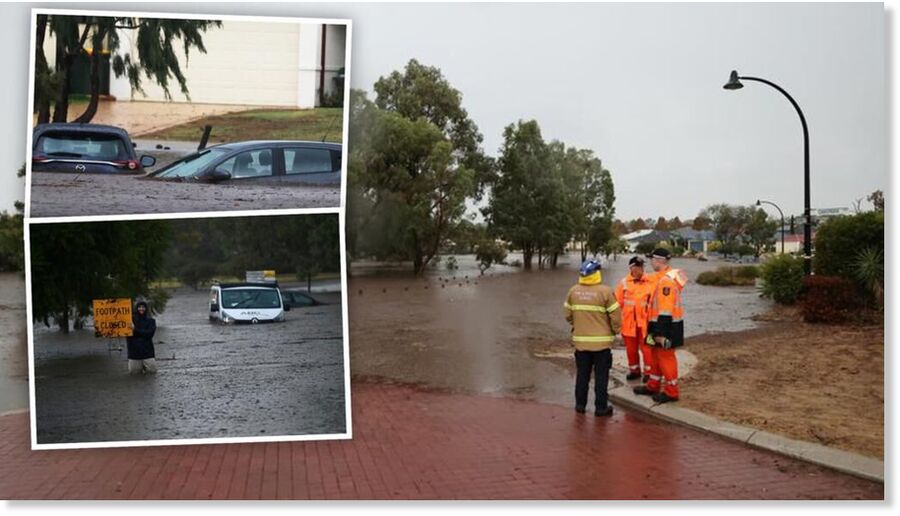
© Amir Balaban/SPNIA mountain gazelle with a pair of extra legs growing from its back, due to a genetic abnormality, is seen in a photo taken by conservationist Amir Balaban of the Society for the Protection of Nature in Israel (SPNI) and shared with media on April 8, 2024.
A rare six-legged mountain gazelle has been spotted in Israel. The male gazelle has an extra pair of legs growing from its back, but wildlife experts say it seems to be managing fine with the extra appendages.
The discovery was made by an Israeli army reservist who, in late March, spotted and then sent a photo of the bizarre looking creature to the Society for the Protection of Nature in Israel, or SPNI, an environmental nonprofit organization, after noticing that it had "something strange on its back," according to the group.
Amir Balaban, a conservationist for SPNI, said in a news release shared with CBS News that the six-legged gazelle had "survived a complex litter and survived as a young individual, dealt with many predators that endanger young fawns, matured single and as an adult managed to lead an impressive life in the ."




Comment: Updates
NBC News reports: Update April 10
AFP reports: Earthquake Track reported an aftershock of magnitude 6.4 about 13 minutes later.